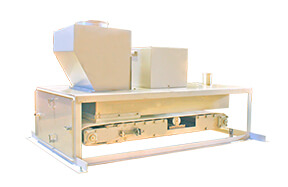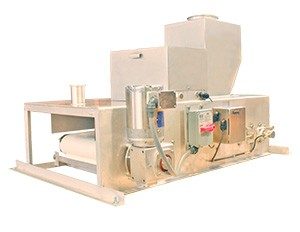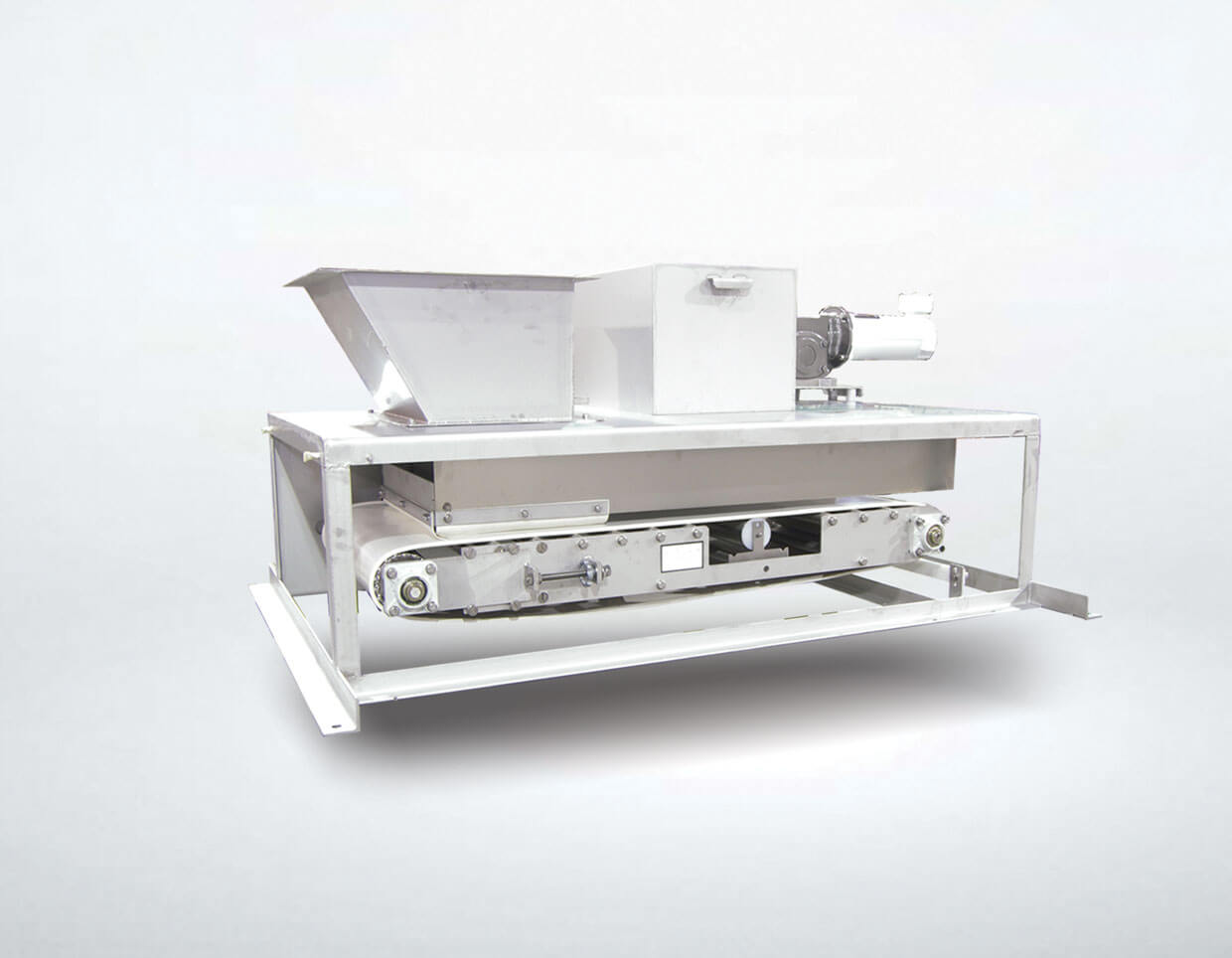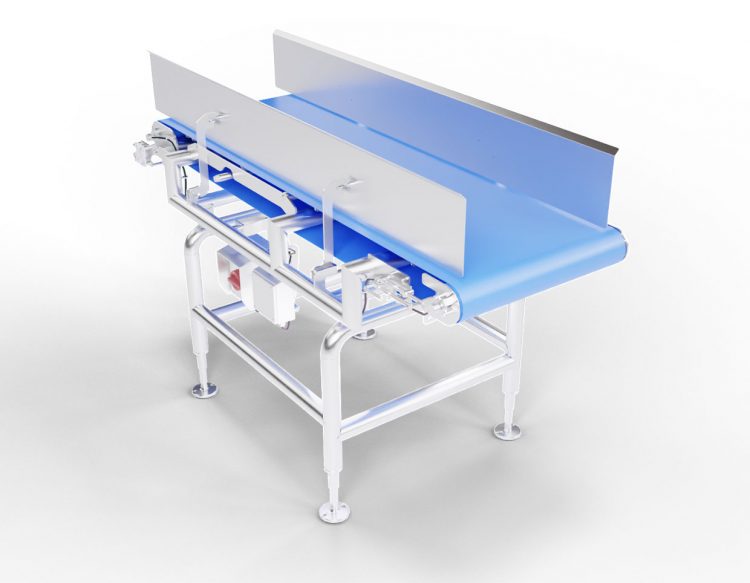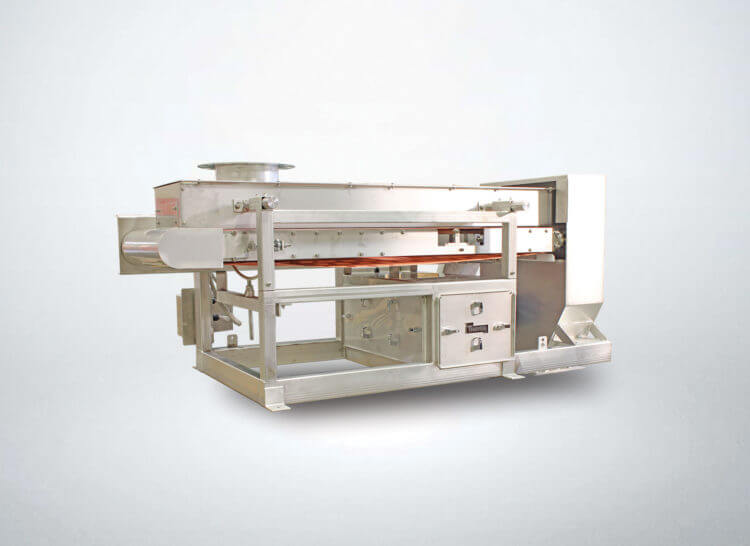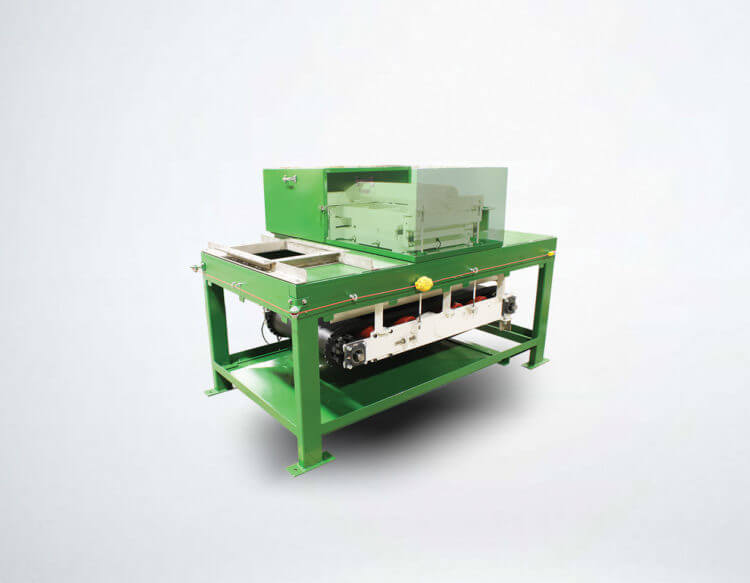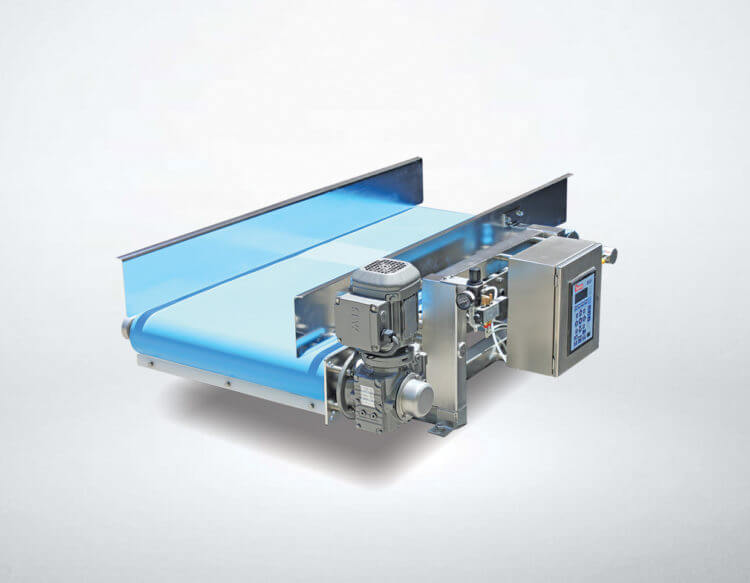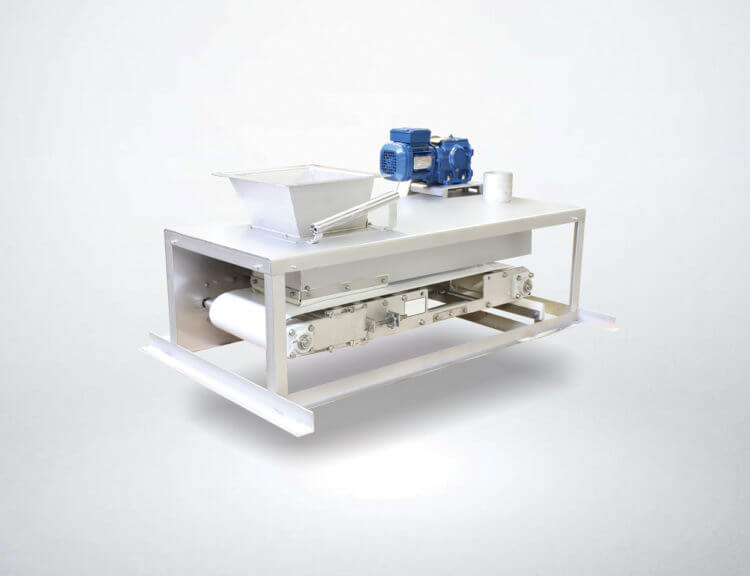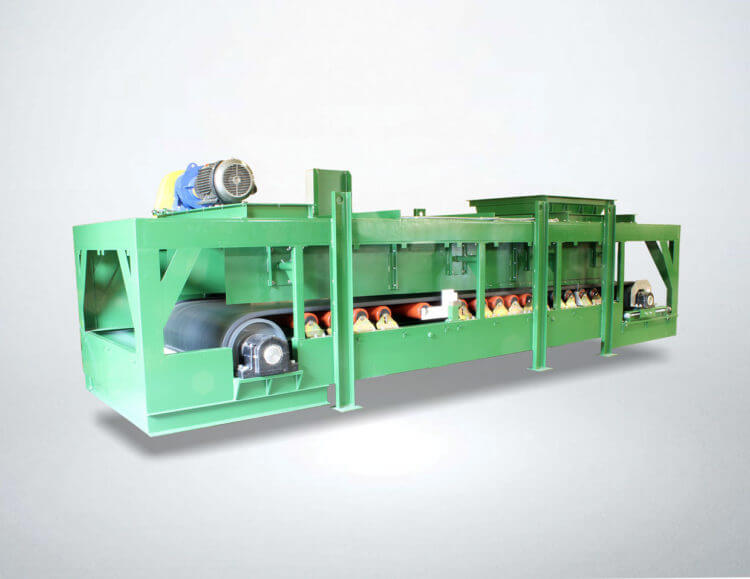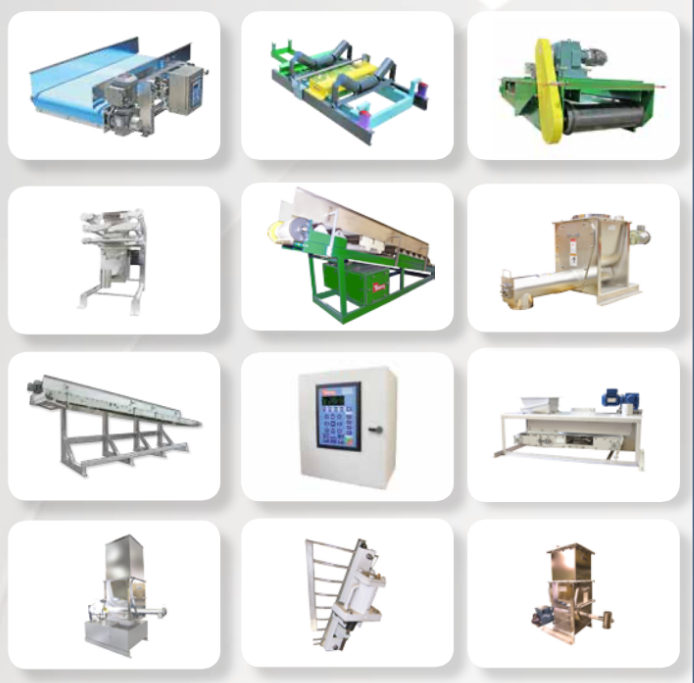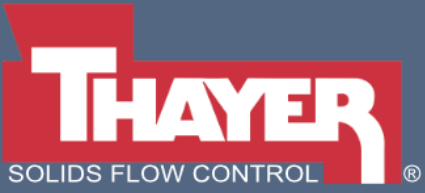Description
MXL-20 Light Industry Weigh Belt Feeder
Thayer Scale’s Model “MXL” is a widely recognized general purpose low capacity weigh belt designed to operate accurately and reliably in harsh industrial environments with minimal maintenance. It can be used with an open loop drive to gravimetrically measure the flow of material, or with closed loop control to operate as a feeder and regulate the flow to a constant or dynamic set point.
Its unique suspension scale design counterbalances the dead weight of its rugged weighing members so that the scale “senses” only the net material load for higher accuracy weighments. This compliments its overall construction and makes it a high performance and durable industrial machine. The combination of modular components coupled with dimensions and ratings that are tailored to each application provide customized weighing solutions. Designed for ease of maintenance and simple field re-rate to adapt to future capacity changes.
When connected to the THAYER family of instrumentation it can be consistently and accurately calibrated and the measurement can be presented to operators and supervisory controls seamlessly through a variety of standard industrial interfaces. The instrumentation can control the flow of materials as a master feeder or as a slave proportioning its feed rate to some other master signal.
Thayer Scale’s optional automatic test weight mechanism provides a means for applying a known test weight to allow completely automatic calibration. The calibration sequence can be initiated via the weigh belt instrument keypad or via a contact closure.

Slack belt design for more stable accuracy
The MXL belt is driven from the head pulley located at the outlet end of the feeder, rather than the tail pulley located at the end inlet. This permits lower belt tension during operation for better sensitivity and more stable accuracy. The head pulley is crowned to prevent belt tracking problems and is sheathed in rubber lagging to prevent belt slippage.
Inlet dimensions custom tailored
Ensures uniform withdrawl of material from storage. Very careful consideration is given to density, particle size and handling characteristics of your material.
Speed sensor mounted at idling tail pulley
Measures the true speed of the belt via rotation of the idling pulley, not an inferred belt speed based on motor speed. Belt slippage or breakage is immediately detected because the idling pulley stops rotating.
Scale outside material handling area
An idler supporting the belt (the “weigh” idler) transmits the load to the scale, which is located outside the weigh belt enclosure. This design has several benefits. The scale is not prone to damage, is out of the way for cleaning, and is not subjected to tare build-up since material cannot fall onto the scale.
Automatic calibration
Thayer Scale’s optional automatic test weight mechanism provides a means for applying a precision test weight to allow completely automatic calibration. The calibration sequence can be initiated via the weigh belt instrument keypad or via a contact closure. The need for test chains is eliminated.
High accuracy, rugged measurement system
100% of the scale’s capacity is used to weigh material. Dead weight of the weigh idler and belt is mass-counterbalanced, thus providing excellent resolution and a high signal to noise ratio. Thayer Scale’s rugged load cell design assures reliable and accurate performance for the life of the weigh feeder.
Full length adjustable skirt boards
Tapered and flared from the inlet to the discharge to prevent pinching of material between the skirt and the belt. Skirt boards are located inside the belt flanges to provide two barriers to contain material and prevent spillage.
